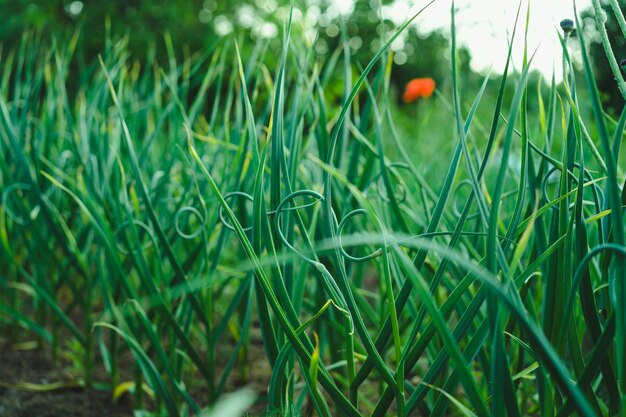
Society Garlic
Tulbaghia violacea
Basic Information
🌿 Family: Amaryllidaceae🗺️ Zone: 7-10
Other Names:
- Pink Agapanthus
- Wild Garlic
- Sweet Garlic
🌡️ Ideal Temperature : 60°F – 85°F
🔥 Heat Tolerance: Up to 95°F
❄️ Cold Tolerance: Down to 23°F
🌱 Type: Perennial
Layers
- Ground
Companions
- Roses
- Tomatoes
- Carrots
Plants to Avoid
- None specified
Description
Tulbaghia violacea, known as Society Garlic, is a clump-forming perennial native to southern Africa. It reaches up to 0.5 meters (1.5 feet) in height and features narrow, strap-like, gray-green leaves that emit a garlic-like scent when bruised. From early summer to fall, it produces sweetly fragrant, lilac-pink tubular flowers arranged in umbels. The plant is both heat and drought-tolerant, making it suitable for various garden settings.
🌞💧 Sun and Water Requirements:
Thrives in full sun but can tolerate partial shade. Prefers well-drained soil and, once established, exhibits good drought tolerance. Regular watering during the growing season promotes optimal growth and flowering.
✂️🫘 Methods to Propagate:
Propagation is commonly done through division of clumps during spring or autumn. Seeds can also be sown but may require smoke treatment to enhance germination rates.
🧑🌾👩🌾 When to Harvest:
Leaves and flowers can be harvested as needed throughout the growing season for culinary or medicinal uses.
Purpose
- **Edible**: Leaves and flowers are used as a substitute for chives or garlic, adding flavor to various dishes.
- **Medicinal**: Employed in traditional medicine to treat ailments such as colds and sinus headaches.
- **Pest Management**: The garlic-scented foliage acts as a natural deterrent to pests like aphids and mosquitoes.
- **Ground Cover**: Forms dense clumps that serve as effective ground cover, reducing weed growth.